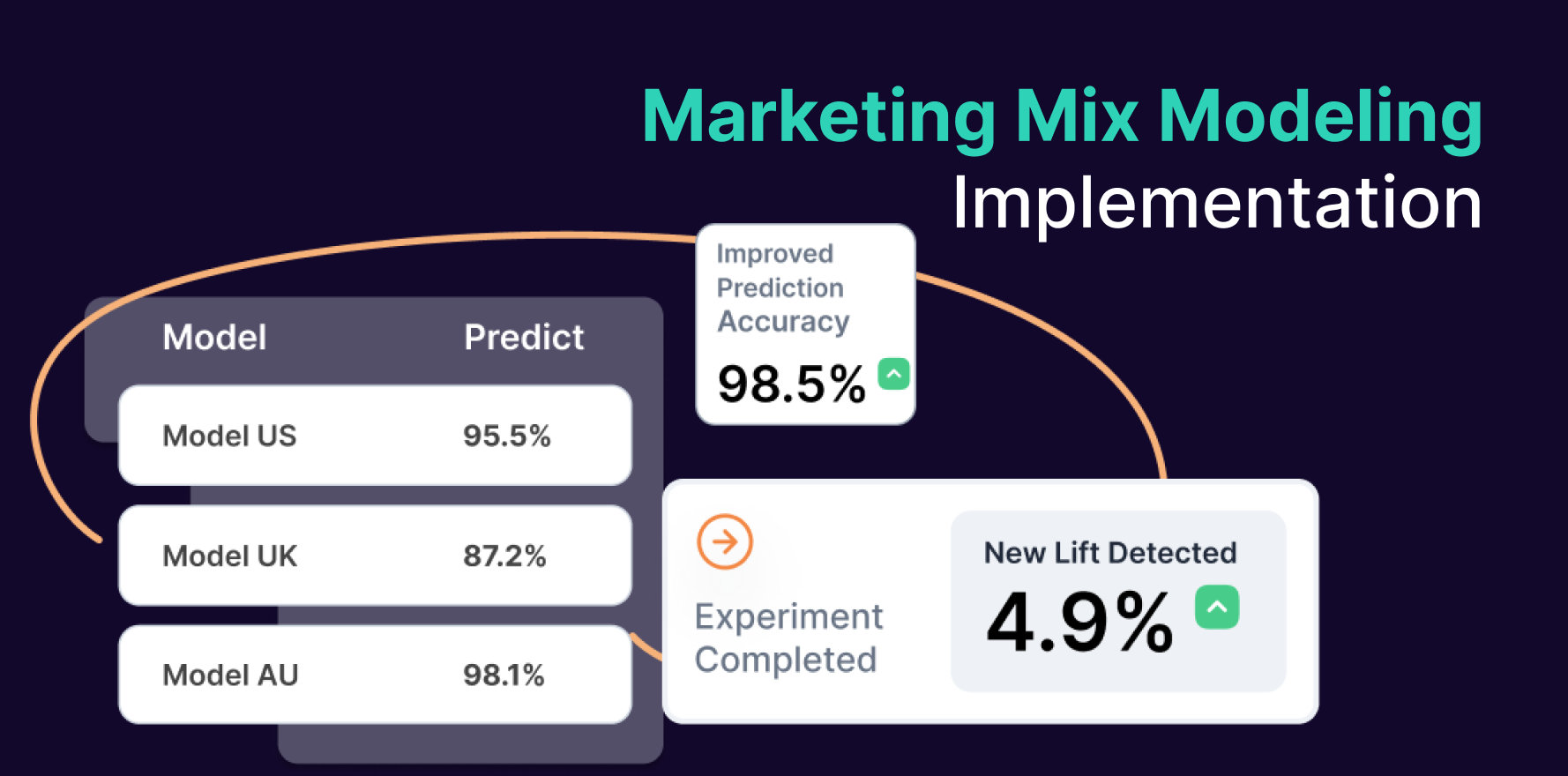What is Monthly Active Users?
Monthly Active Users (MAU) is a performance indicator specific to apps, websites, and online services. Essentially, MAU gauges the total number of unique users who engage with the platform at least once within a month. Within an ecommerce ecosystem, this engagement might be a visit, a purchase, a comment, or another defined action.
Formula
Monthly Active Users are derived by counting the unique users performing a particular action or any activity on your website, app, or online business within a given month. The choice of what activity or action to consider depends on the specific nature and needs of the ecommerce business.
Example
For an online retail store, if in January, 5,000 unique users visited the website, made a purchase, or commented on a product, the MAU for January would be 5000.
Why is MAU important?
Monthly Active Users provide an invaluable insight into the size of the engaged user base, offering comparative trends over time. From an ecommerce perspective, MAU is a key indicator of site engagement ‒ a large MAU suggests that the website is keeping users engaged, driving potential buyers to return. Conversely, a decline in MAU can highlight issues in user engagement or the overall user experience.
Which factors impact MAU?
Improving MAU essentially involves driving more unique users to return to your site each month. This can be achieved using engaging content, optimizing user experience, offering unique products or services, building community, improving customer service, and using tailored promotional strategies, among others.
How can MAU be improved?
MAU is influenced by multiple factors including the quality of the user experience, the relevance and engagement of content, the ease of site navigation, website load speed, the effectiveness of customer service, and the competitiveness of prices and products.
What is MAU’s relationship with other metrics?
MAU is intrinsically linked to several other ecommerce metrics. For instance, a high MAU, coupled with a low conversion rate, could indicate an issue with the checkout process or the quality of the products. If the user retention rate is low despite a high MAU, it suggests that although the site is attracting users, it’s not compelling enough for them to return.
Free essential resources for success
Discover more from Lifesight






















































